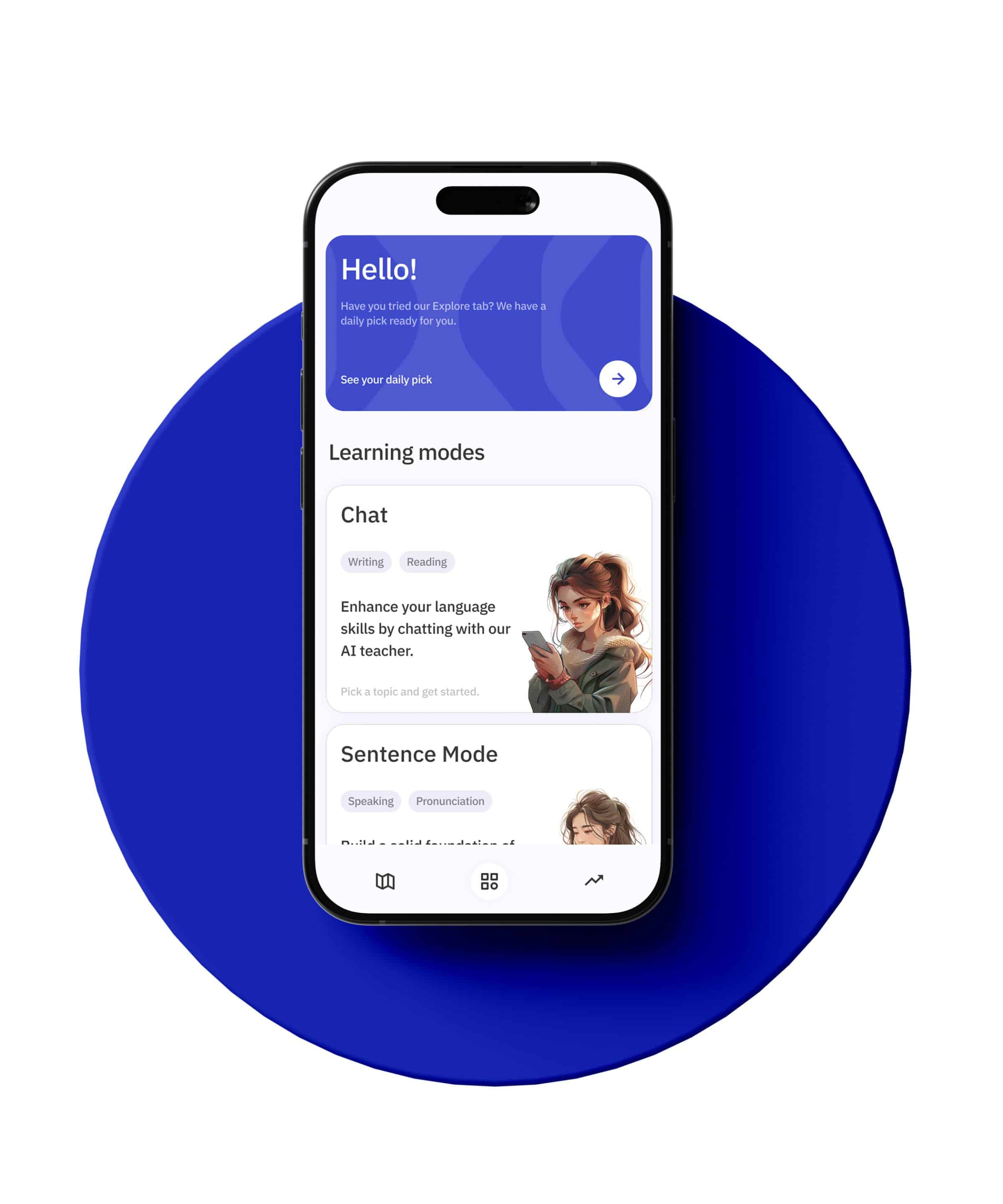Learning a new language can be a fascinating journey, and each language comes with its own unique set of rules and quirks. When it comes to Croatian, one of the interesting aspects to explore is the formation and use of superlative forms of adjectives. Understanding how to use superlatives correctly can greatly enhance your ability to communicate more precisely and effectively in Croatian.
Understanding Adjectives in Croatian
Before diving into superlatives, it’s essential to have a solid understanding of adjectives in Croatian. Adjectives are words that describe or modify nouns. In Croatian, like in English, adjectives agree in gender, number, and case with the nouns they describe. For example:
– **Dobar** (good) becomes **dobra** for feminine singular, **dobro** for neuter singular, and **dobri** for masculine plural.
– **Velik** (big) becomes **velika** for feminine singular, **veliko** for neuter singular, and **veliki** for masculine plural.
Adjectives in Croatian can be divided into three degrees: positive, comparative, and superlative. The positive degree is the basic form of the adjective, the comparative degree is used to compare two entities, and the superlative degree is used to indicate the highest degree of a quality among three or more entities.
Forming the Comparative Degree
To understand superlatives fully, it’s useful to first grasp how the comparative form is created. The comparative degree is generally formed by adding the suffix **-ji** or **-iji** to the adjective’s base form. Here are a few examples:
– **Dobar** (good) becomes **bolji** (better).
– **Lijep** (beautiful) becomes **ljepši** (more beautiful).
– **Velik** (big) becomes **veći** (bigger).
Some adjectives have irregular comparative forms. For example:
– **Loš** (bad) becomes **gori** (worse).
– **Mali** (small) becomes **manji** (smaller).
Comparatives can be used in sentences like:
– **Ona je ljepša od sestre.** (She is more beautiful than her sister.)
– **Ovo je bolji auto.** (This is a better car.)
Forming the Superlative Degree
The superlative degree in Croatian is used to express the highest degree of a quality, equivalent to the English “most” or the suffix “-est.” The superlative is generally formed by adding the prefix **naj-** to the comparative form of the adjective. Here are some examples:
– **Dobar** (good) becomes **najbolji** (the best).
– **Lijep** (beautiful) becomes **najljepši** (the most beautiful).
– **Velik** (big) becomes **najveći** (the biggest).
Irregular adjectives also have corresponding superlative forms:
– **Loš** (bad) becomes **najgori** (the worst).
– **Mali** (small) becomes **najmanji** (the smallest).
Usage of Superlatives in Sentences
Superlatives are used to compare one entity to all others within a group. Here are some examples:
– **Ona je najljepša djevojka u razredu.** (She is the most beautiful girl in the class.)
– **Ovo je najbolji film koji sam ikada vidio.** (This is the best movie I have ever seen.)
– **On je najveći čovjek kojeg poznajem.** (He is the tallest man I know.)
In these sentences, the superlative form is used to single out one entity as having the highest degree of a particular quality.
Adjectives with Irregular Forms
As with many languages, Croatian has its share of adjectives with irregular superlative forms. These irregular forms must be memorized as they do not follow the usual pattern of adding **naj-** to the comparative form. Here are a few examples:
– **Dobar** (good) – **najbolji** (the best)
– **Loš** (bad) – **najgori** (the worst)
– **Velik** (big) – **najveći** (the biggest)
– **Mali** (small) – **najmanji** (the smallest)
Learning these irregular forms is crucial for achieving fluency, as they are frequently used in everyday conversation.
Comparative and Superlative Adverbs
Just like adjectives, adverbs in Croatian also have comparative and superlative forms. The comparative form of an adverb is usually formed by adding **-je** or **-ije** to the base form, while the superlative form is created by adding **naj-** to the comparative form. Here are some examples:
– **Brzo** (quickly) becomes **brže** (more quickly) and **najbrže** (most quickly).
– **Lako** (easily) becomes **lakše** (more easily) and **najlakše** (most easily).
– **Dugo** (long) becomes **duže** (longer) and **najduže** (longest).
In sentences, these forms would be used as follows:
– **On trči najbrže.** (He runs the fastest.)
– **Ona uči najlakše.** (She learns the easiest.)
– **Oni su čekali najduže.** (They waited the longest.)
Superlative Forms with Demonstrative Pronouns
In Croatian, it is also common to use demonstrative pronouns (such as **ovaj** – this, **onaj** – that) along with superlative adjectives to specify the entity being described. For example:
– **Ovaj auto je najbolji.** (This car is the best.)
– **Ona knjiga je najzanimljivija.** (That book is the most interesting.)
Using demonstrative pronouns in conjunction with superlatives helps to emphasize and clarify which specific entity you are referring to.
Expressing Superlatives with Possessive Forms
Another interesting aspect of Croatian grammar is the use of possessive forms with superlatives. When expressing superlatives in possession, the possessive adjective is used along with the superlative form. For example:
– **Moj najbolji prijatelj** (My best friend)
– **Njihova najljepša kuća** (Their most beautiful house)
This construction is useful when you want to highlight the superlative quality of something that belongs to someone.
Common Pitfalls and Tips for Mastery
As with any language, there are common pitfalls that learners may encounter when mastering superlative forms in Croatian. Here are some tips to help you avoid these pitfalls and master the use of superlatives:
1. **Memorize Irregular Forms:** Irregular adjectives and their superlative forms must be memorized as they do not follow the regular pattern.
2. **Practice Agreement:** Ensure that the adjective agrees in gender, number, and case with the noun it describes.
3. **Use Context Clues:** Pay attention to context when using superlatives, as the meaning can change depending on the surrounding words.
4. **Practice with Native Speakers:** Engaging in conversation with native speakers can help reinforce your understanding and correct usage of superlatives.
5. **Use Comparative Forms as a Foundation:** Understanding comparative forms can serve as a solid foundation for mastering superlatives, as many superlative forms are built upon their comparative counterparts.
Practical Exercises
To solidify your understanding of superlative forms in Croatian, it’s essential to practice through exercises. Here are some practical exercises to help you master this aspect of Croatian grammar:
1. **Convert the Following Adjectives to Their Superlative Forms:**
– Dobar (good)
– Lijep (beautiful)
– Velik (big)
– Mali (small)
– Loš (bad)
2. **Complete the Sentences with the Correct Superlative Form:**
– Ona je __________ (najljepša) djevojka u razredu.
– Ovo je __________ (najbolji) film koji sam ikada vidio.
– On je __________ (najveći) čovjek kojeg poznajem.
3. **Translate the Following Sentences to Croatian:**
– This is the best book I have ever read.
– She is the most intelligent student in the class.
– That is the worst decision you can make.
4. **Identify the Superlative Form in the Following Sentences:**
– On je najbrži trkač u timu.
– Ovo je najzabavnija igra.
– Oni su čekali najduže.
By completing these exercises, you will reinforce your understanding and ability to use superlative forms correctly in Croatian.
Conclusion
Mastering the superlative forms of adjectives in Croatian is an essential step toward fluency. By understanding the rules and practicing regularly, you can enhance your ability to describe and compare entities accurately. Remember to pay attention to irregular forms, ensure agreement in gender, number, and case, and practice using superlatives in various contexts. With dedication and practice, you will find yourself confidently using superlatives in your Croatian conversations.
Happy learning!







